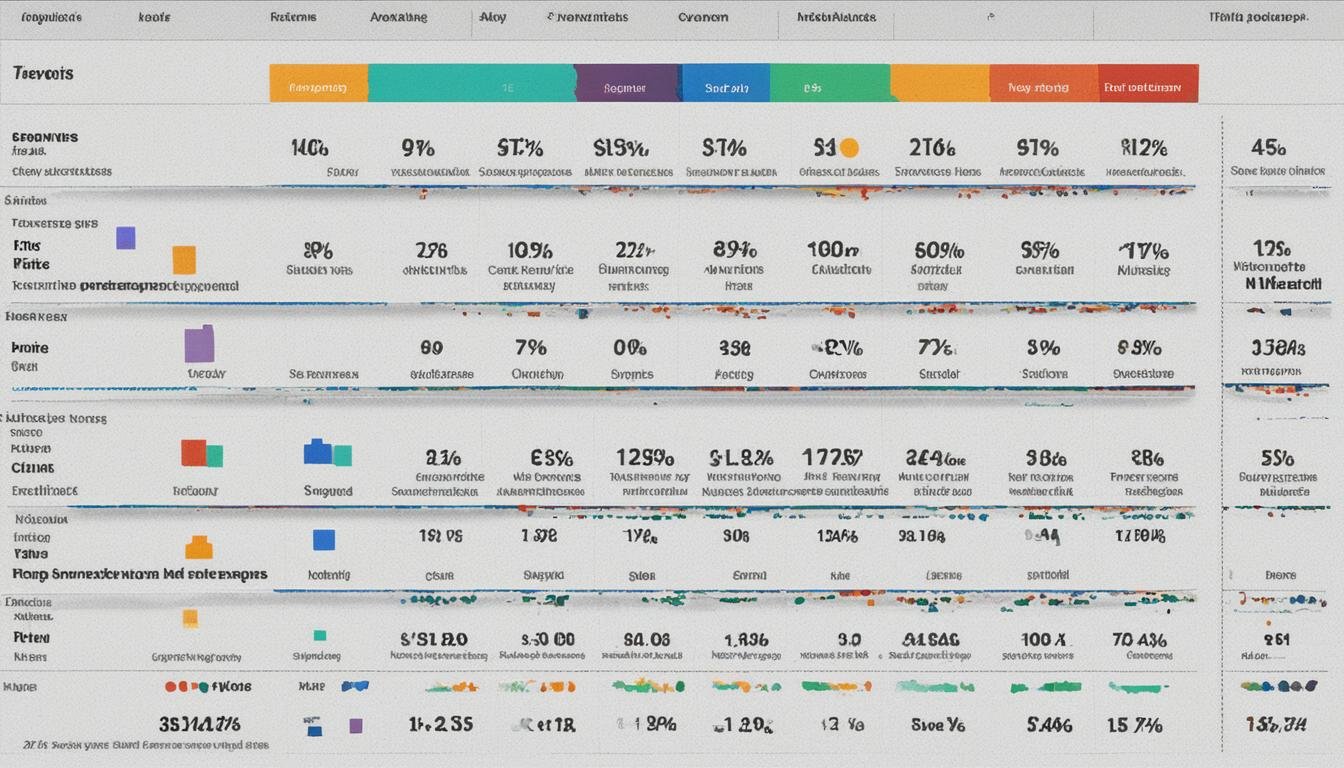I’m excited to share my insights on what is not a default medium in Google Analytics. In the fast-changing digital marketing world, knowing how Google Analytics sorts traffic sources is key. It helps you make smart choices about your marketing.
This article will explore the various mediums in Google Analytics. We’ll focus on what’s not a default medium. Knowing these can help you understand your website’s traffic better and find new growth chances.
If you’re into digital marketing or just starting with analytics, this article is for you. It will give you a full picture of how Google Analytics sorts your traffic sources. It also explains why tracking non-default mediums is important. Let’s dive in!
What are Google Analytics Mediums?
Google Analytics is a powerful tool that gives insights into website traffic and user behavior. It helps us understand how visitors come to our site. There are many ways to track this, including default and non-default mediums.
Default Mediums in Google Analytics
Default mediums in Google Analytics include organic, referral, direct, and paid channels. These are common ways people find and visit your site. But, there are other mediums too, like special marketing campaigns or unique traffic sources, not listed as default.
Importance of Tracking Non-Default Mediums
- Comprehensive understanding of website traffic: Tracking non-default mediums gives a full view of how users find and interact with your site.
- Identifying new opportunities: Analyzing non-default mediums can show you new traffic sources or marketing strategies to invest in.
- Optimizing marketing efforts: Knowing how non-default mediums perform helps you improve your targeting and marketing strategy.
- Accurate attribution: Tracking non-default mediums ensures you can correctly assign conversions and actions to the right sources.
To track non-default mediums in Google Analytics, use UTM parameters on your marketing campaigns and links. By looking at medium dimensions in your reports, you can see how these mediums perform. This helps you make better decisions about your digital marketing.
“Tracking non-default mediums in Google Analytics can provide a more comprehensive understanding of your website’s traffic and help you identify new opportunities to optimize your marketing strategies.”
So, in Conclusion, What is Not Considered a Default Medium in Google Analytics?
Google Analytics has default mediums, but there are many more sources not included. This includes social media, email newsletters, affiliate programs, and custom marketing campaigns. To track these, you need to adjust your Google Analytics settings and use UTM parameters.
This way, you’ll understand your website’s traffic better. You’ll be able to make smarter choices about your marketing. It’s key to set up your Google Analytics correctly to measure all your traffic sources accurately.
Knowing about both default and non-default traffic sources is vital. It helps you analyze your website’s performance better. By tracking all mediums, you can find insights to improve your marketing and get better results.







+ There are no comments
Add yours